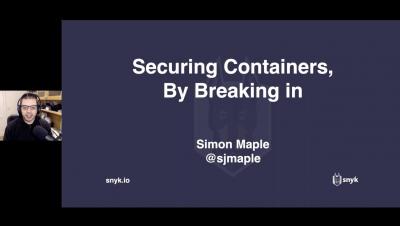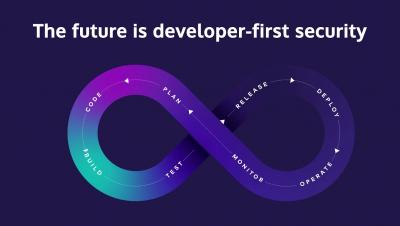Defining Developer-first Container Security
Have you shifted left, yet? That’s the big trend, isn’t it? It’s meant to signal a movement of security responsibilities, moving from central IT teams over to developers, but that’s trickier than it sounds. Simply taking tools that are intended for use by security experts and making them run earlier in the supply chain does not provide developers with meaningful information.











